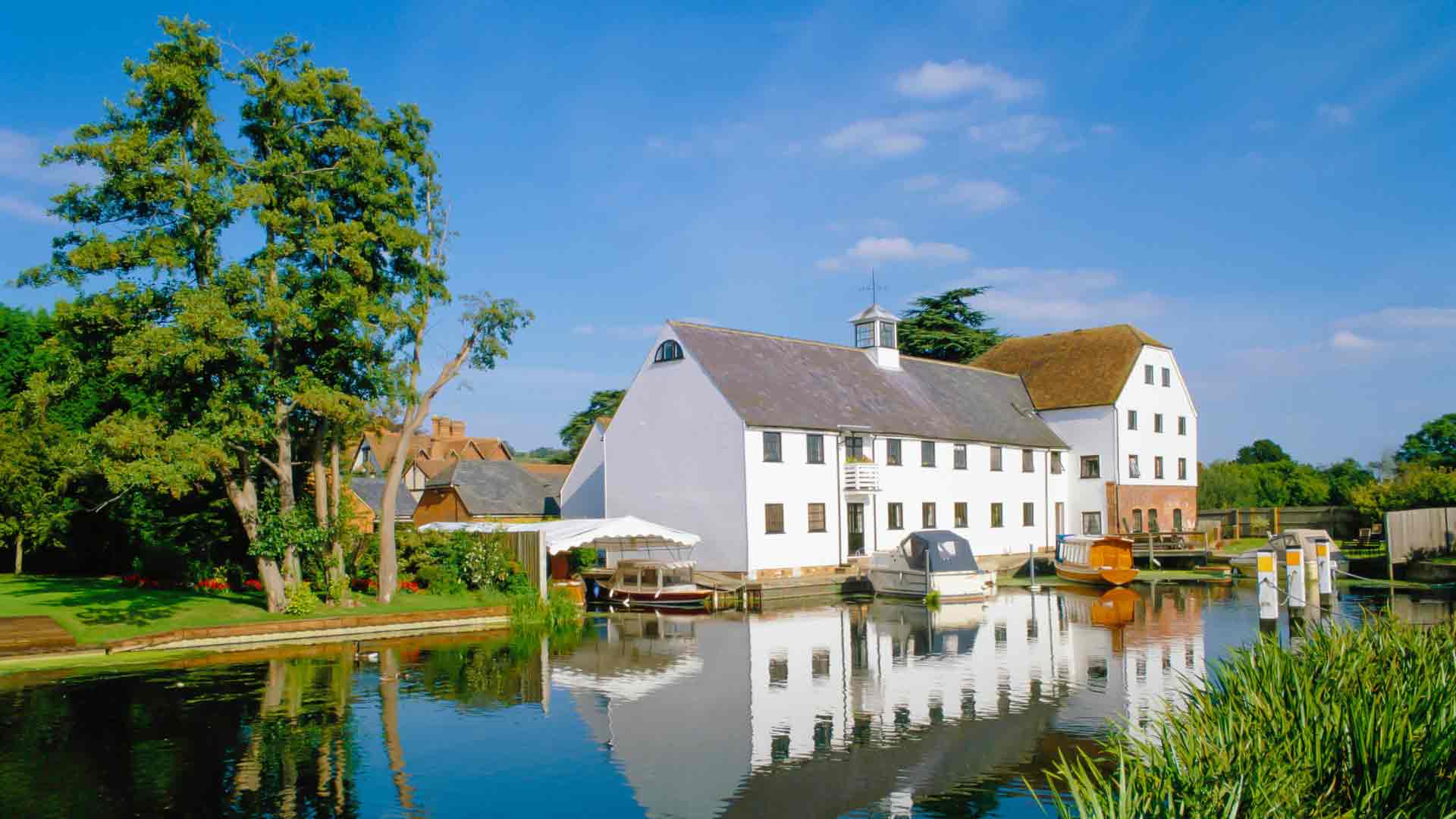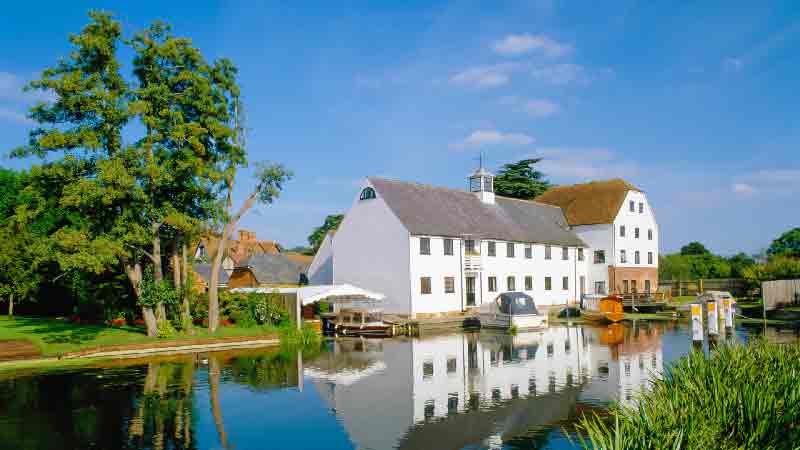

Hambleden Mill: A Historic Treasure on the River Thames
Located in the picturesque village of Hambleden in Buckinghamshire, Hambleden Mill is a historical gem that has witnessed centuries of change along the banks of the River Thames. Mentioned in the Domesday Book of 1086, this mill has played a crucial role in the economy and daily life of the region for over a thousand years.
History of the Mill
Originally built as a watermill, Hambleden Mill has undergone various transformations over the centuries. During the Middle Ages, it was a vital center for grain milling, providing flour to local communities. Its strategic location on the river allowed it to harness the power of water to drive the millstones.
In the 19th century, the mill was rebuilt and expanded, reflecting the industrial boom of the era. It continued operating as a flour mill until 1955, when it finally ceased commercial operations. Despite its closure, the building has been preserved and repurposed, maintaining its historical charm and architectural significance.
Architecture and Design
The mill is a remarkable example of English industrial architecture. Built with red brick and stone detailing, it features characteristic elements like arched windows and pitched roofs. Its structure reflects traditional construction techniques and the evolution of engineering over the years.
The main building is complemented by a series of outbuildings and associated structures, including the miller's house and former warehouses. These additional elements offer a more complete insight into how the complex operated at its peak.
Hambleden Mill Today
Today, Hambleden Mill has been transformed into private residences and apartments, preserving its historic façade while adapting its interior to modern comforts. Its location by the river and near Hambleden Lock makes it a coveted place to live, offering panoramic views and a tranquil environment.
The mill is also a point of interest for visitors exploring the Thames Valley. Walkers and cyclists traversing the area can appreciate the beauty of the building and its natural surroundings. Additionally, the nearby village of Hambleden, with its brick-and-flint houses and red-tiled roofs, offers a charming backdrop and an authentic experience of a traditional English village.
Cultural and Heritage Significance
Hambleden Mill is not just a historic building; it is a symbol of the cultural and economic heritage of the region. It represents centuries of human activity and the relationship between local communities and the environment. Its preservation is essential to keep history alive and provide future generations with a tangible connection to the past.
Conclusion
Hambleden Mill is a living reminder of England's rich industrial history and a testament to the beauty found in historic architecture. Whether you're interested in history, architecture, or simply enjoying picturesque scenery, a visit to Hambleden Mill and its surroundings is an enriching experience you shouldn't miss.

